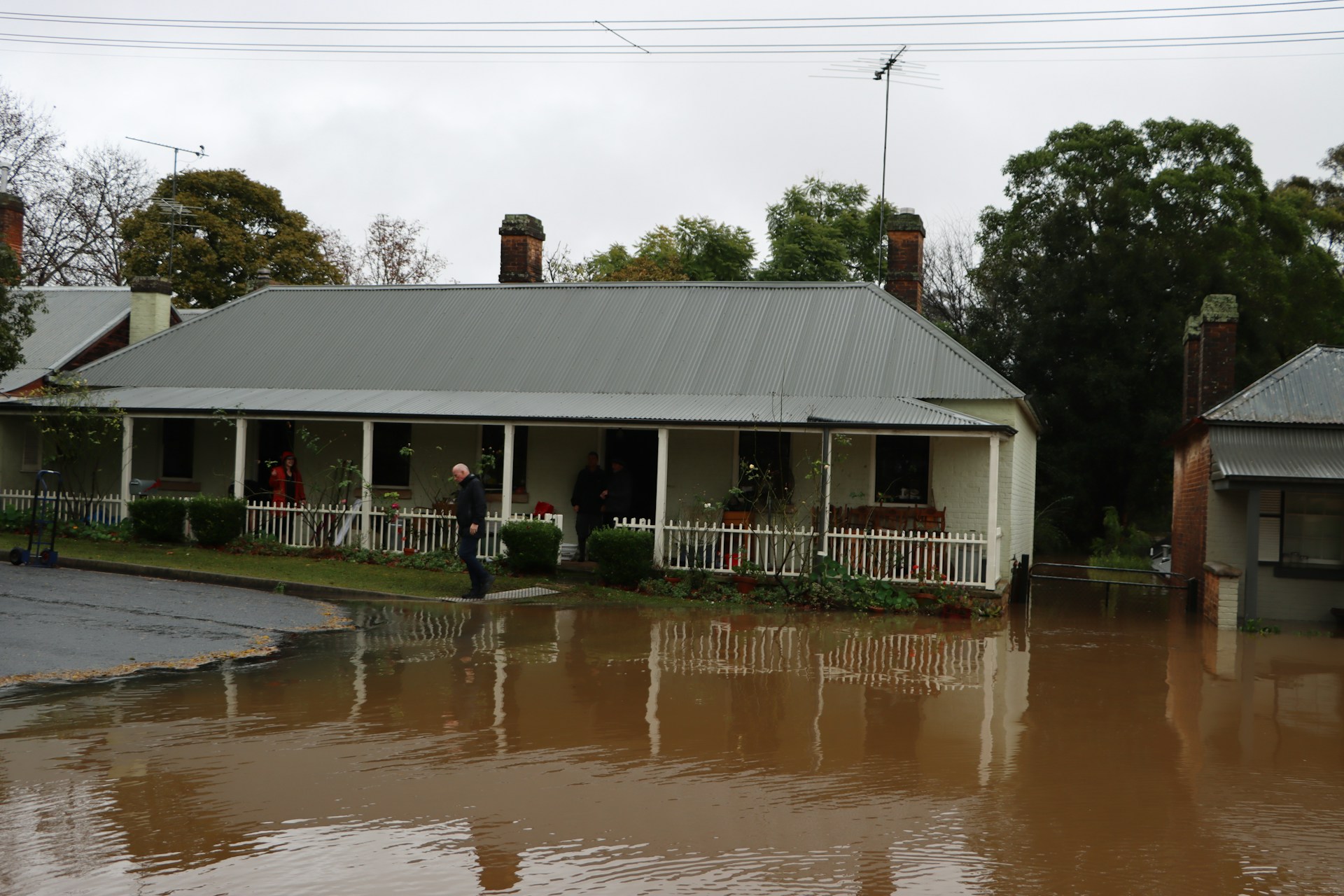Mold growth in your home can not only impact the structure and appearance of your property but also pose significant health risks to you and your loved ones. At Contents Restoration Services, we specialize in providing top-notch mold remediation services for homeowners in Charlotte, NC, and the surrounding area, ensuring a safe and efficient restoration process.
An often-overlooked aspect of mold remediation projects is the need for maintaining clean air quality, as airborne contaminants can exacerbate allergies and respiratory issues, especially for individuals with asthma or compromised immune systems.
In this comprehensive blog post, we will delve into the importance of controlling air quality during mold remediation processes and share best practices for keeping your home and family safe from hazardous airborne particles.
I. Common Airborne Contaminants Encountered During Mold Remediation
Understanding the various types of airborne contaminants is crucial for recognizing potential risks associated with poor air quality during mold removal projects. Below are three common airborne hazards you might encounter during mold remediation:
1. Mold Spores: Mold reproduces by releasing microscopic spores into the air. During mold remediation, these spores can become airborne, posing inhalation risks, and allergy concerns.
2. Dust and Debris: The process of disturbing mold-infested materials can create dust and debris, contributing to poor air quality and respiratory issues.
3. Volatile Organic Compounds (VOCs): Mold can produce VOCs, which are chemicals released into the air during mold growth and remediation processes. Exposure to high levels of VOCs can cause health problems, including headaches, nausea, and respiratory issues.
II. Essential Containment Measures to Protect Your Home
Implementing appropriate containment measures can help minimize the risk of cross-contamination and keep other areas of your home safe. Consider the following containment practices during mold remediation:
1. Seal Off Affected Areas: Use plastic sheeting and tape to seal off the mold-affected area and prevent mold spores and other contaminants from spreading to other parts of your home.
2. Establish Proper Ventilation: Ensure that proper ventilation pathways are maintained to direct air from the affected area to the outdoors. This helps reduce indoor air contaminants during mold remediation.
3. Utilize Negative Air Pressure: Creating negative air pressure inside the remediation area by using specialized equipment, such as air scrubbers or exhaust fans, helps prevent the spread of airborne contaminants to unaffected spaces within your home.
III. The Role of Air Filtration Devices in Mold Remediation
Air filtration devices, such as HEPA-filter air scrubbers and vacuums, play a crucial role in capturing and removing microscopic airborne particles during mold remediation. Here’s how they help maintain clean air quality:
1. High-Efficiency Particulate Air (HEPA) Scrubbers: HEPA air scrubbers are specially designed to capture mold spores, dust, and other airborne particles during mold removal, ensuring clean air within the remediation site. They also help maintain negative air pressure in the containment area to prevent airborne contaminants from escaping.
2. HEPA Vacuums: Unlike conventional vacuums, HEPA vacuums are equipped with filters that can capture particles as small as 0.3 microns, including mold spores. They are used during mold remediation to collect and remove mold-contaminated dust and debris, contributing to cleaner air in your home.
IV. Benefits of Hiring Professional Mold Remediation Services
Enlisting the help of professional mold remediation services, like Contents Restoration Services, ensures optimal air quality and comprehensive removal of mold and associated contaminants from your home:
1. Expert Knowledge: Professional technicians have the necessary knowledge and experience to assess mold issues, devise effective remediation plans, and maintain clean air quality throughout the project.
2. Advanced Equipment: Mold remediation specialists have access to industry-grade equipment, such as HEPA air scrubbers, vacuums, and containment supplies, that can tackle mold problems more efficiently and effectively than DIY methods.
3. Health and Safety: Professionals follow industry guidelines and safety protocols to protect your family’s health and well-being during the mold remediation process.
Safeguard Your Home and Family by Prioritizing Air Quality Control During Mold Remediation
By understanding the importance of air quality control during mold remediation, homeowners can effectively mitigate risks and protect their family members and home from the adverse effects of mold and airborne contaminants. Implementing proper containment measures, utilizing air filtration devices, and partnering with professional mold remediation services can make all the difference in maintaining a safe and healthy living environment.
Rely on Contents Restoration Services for expert mold remediation and air quality control solutions in Charlotte, NC, and the surrounding area. Contact us today to ensure your home and family’s health and safety during the restoration process.








